A concept for art communication in public space for the development of a sustainable society with the impulses of the 17 SDGs on the subject of corona time.
Introduction
by Isabella Mamatis and Tarik Mustafa
It is the duty and freedom of art to transform every strand of human action into poetry, even if man is tinkering with his own doom. Thus, art sees the crisis as a resource to change rusted structures. With this attitude, we created a positive view of the Corona period and its vehement restrictions on social habits. The conditions of the Corona restrictions with a lock down of everything we took for granted and their isolation enabled an unprecedented turning point in our human existence. In addition, there was an exceptionally strong commitment on the part of the media, which spread fear and panic.
To see ourselves powerlessly condemned to death on COVID-19 without a breathing apparatus, this idea led us to global solidarity. The resident in Rostock (Germany) was suddenly able to show solidarity with the dying man in Bergamo (Italy), he was pandemically connected. Globality became tangible for the first time as a prerequisite for global awareness. Everyone became a global neighbor through the fear of death.
However, "fear eat up soul" (Rainer Werner Fassbinder). This is not a good prerequisite for human coexistence over a longer period of time. So how can we transform this fear of the pandemic into resiliance? How can we take the pandemic experience with all its manifestations as a motivating basis for us to look at our life in the future with sustainable solutions?
The most sustainable solutions lie in the community, in cooperation, in the appreciative handling of experience and its reflections. And where in our society can we find the greatest resource for this, which is present both globally and regionally at the same time, like the two sides of the same coin?
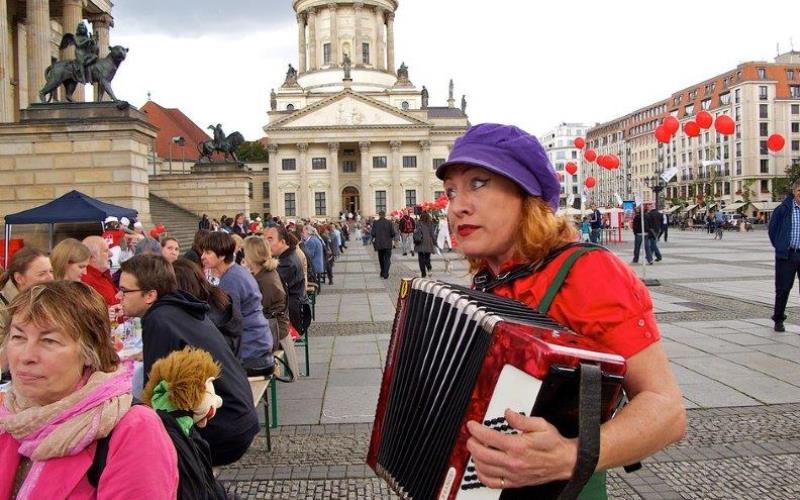
Long Table Arts Performance In Public Space
It is the structure of neighborhood. Everyone has a neighborhood, even if one lives alone. Here present live and future coexistence can be shared. This is a diverse truth of an infinite number of possibilities for our life. The most sustainable aspect of this is knowledge with a look back into the future, "only memory gives meaning to life" (Marcel Proust).
The concept of the "Long Table", the other public theater in three acts, Isabella Mamatis developed in back in 2006, was enriched with a sustainable staging for art and communication in the neighborhood under the main question: Which experiences from the Corona period can be used for a future life in the neighborhood?
In cooperation with the artist and curator Tarik Mustafa and Pulszeit Association for Applied Arts, Education, Science which he represents as a board member, we projected the 17 SDGs for sustainability onto the concept of the "Long Table".
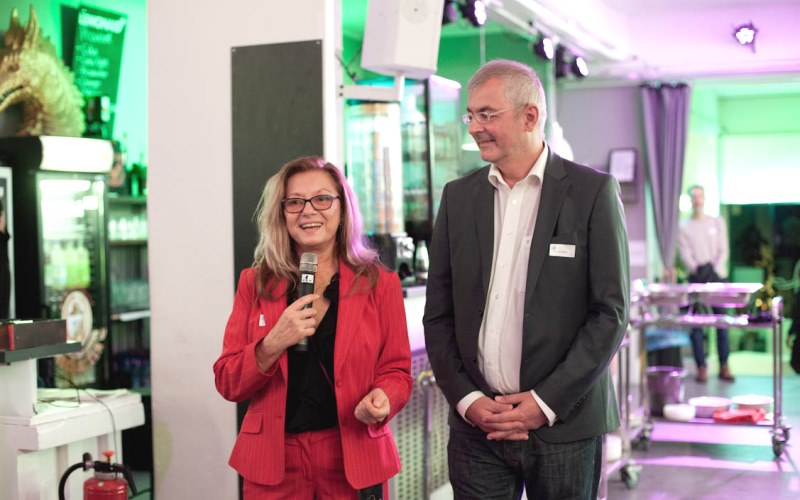
The Long Table @ the German Federal Association for Sustainability
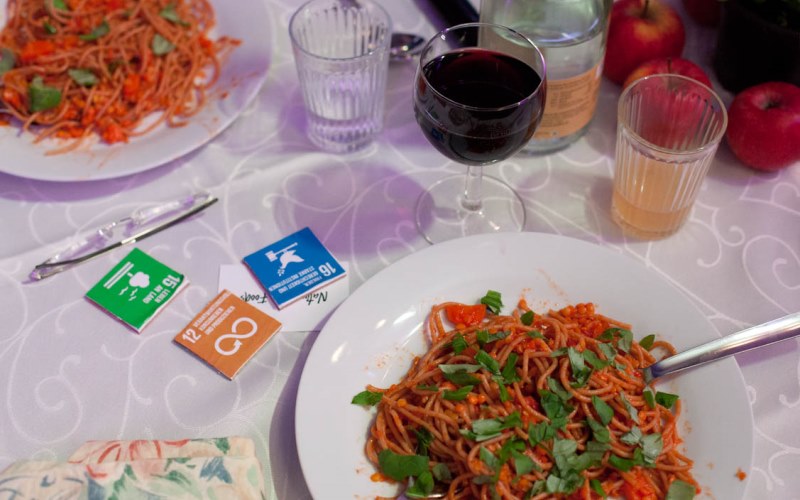
Dialogue on Sustainability - Dining with SDGs
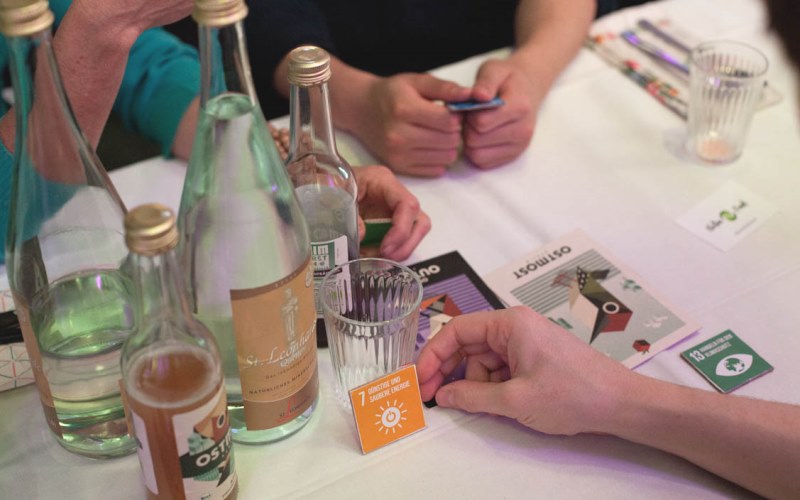
Dialogue on Sustainability - Talking about SDGs
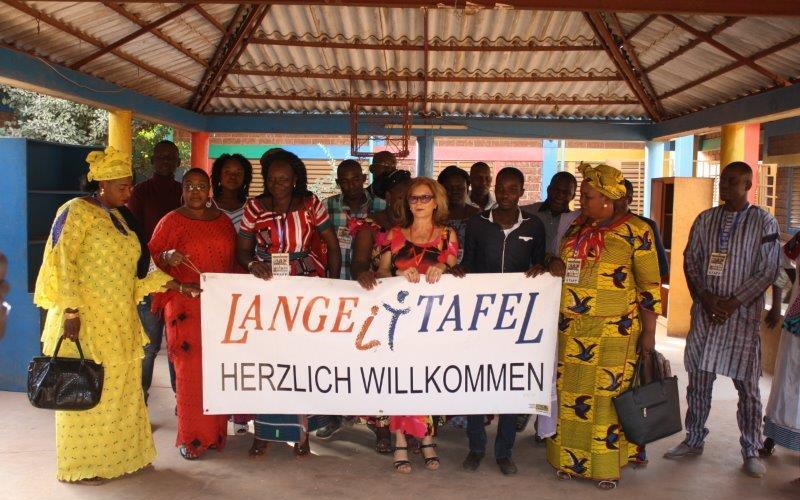
Long Table Participation
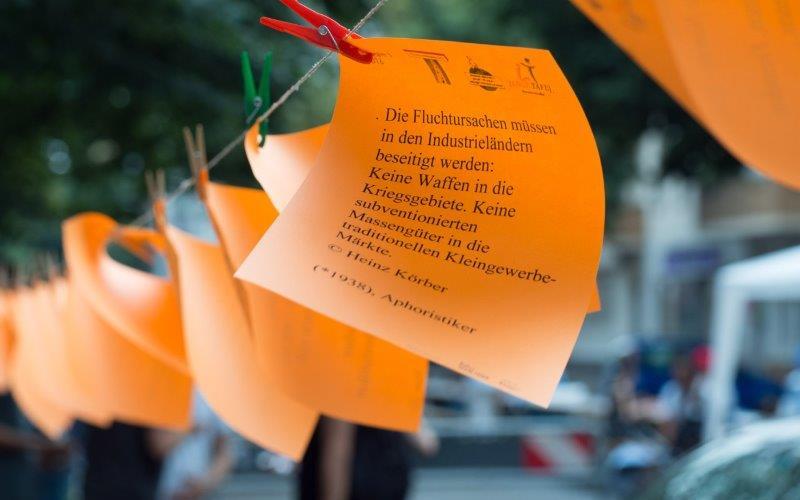
Long Table Chronicle
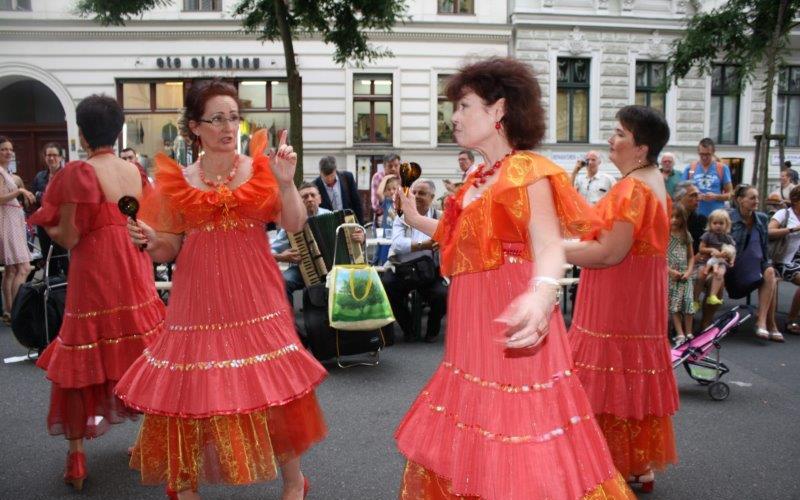
Long Table Performance
The concept
Long table - the other public theater, in three acts, in view of the Corona period and filtered by the 17 SDGs.
Focus: The neighborhood is our field of action. The Corona period is our narrative. The 17 SDGs give a view of future action.
The staging occurs process-wise in three steps (3 acts). The medium for this is art and communication in public space. With method of dialogue animation, the specially developed by Isabella Mamatis, a neighborly narrative stream is created in countless encounters between generations, cultures and religions. Everyone is on an equal footing when exchanging personal stories. This creates a Socratic learning society that learns from the past for the future. Looking through the magnifying glass of the 17 SDGs, the collective consciousness is transformed into appreciation for a knowledge in practice. The participants develop themselves into “experts of their experiences” and achieve the status of Global Members of Neighborhood that we have created.
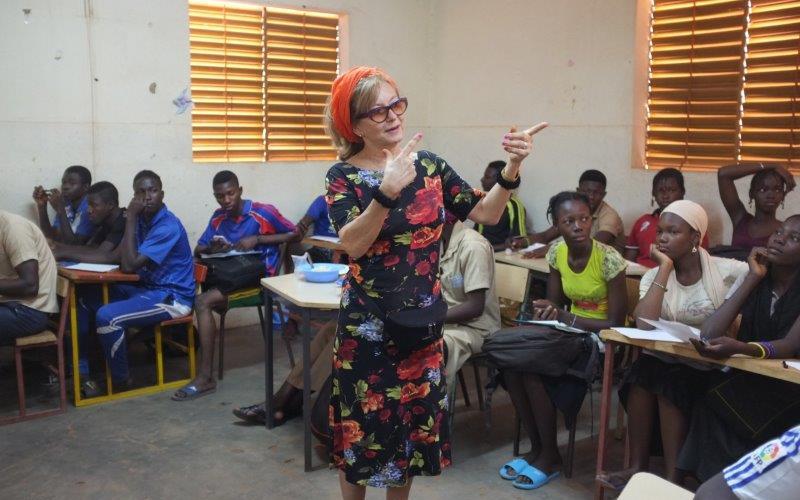
First act
Decentralized over several days with different neighborhood actors.
Volunteers from schools and civil society are being instructed across generations to develop questions with which they can conduct oral history interviews in the neighborhood on the given topic. For this, various decentralized narrative rooms are set up and the volunteers become experts in this way. Finally, the interview results are written into stories and bound to a chronicle.
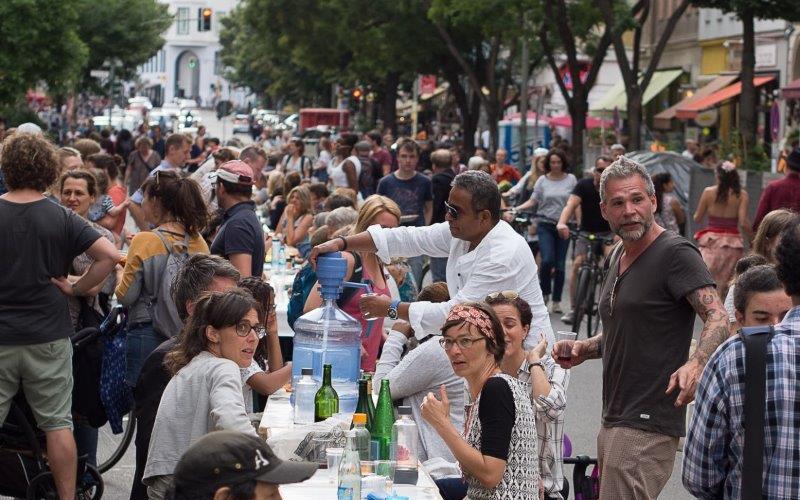
Act two
The following day.
Imagine: a 200m long table on the street, staged as a large spaghetti meal.
All participants from Act 1 sit at the table, they are hosts and invite their neighbors, friends, relatives, parents across generations. Random passers-by are also welcome.
The chronicle, the book with the stories from Act 1, is presented to the Mayor at the beginning and as the opening of the “Long Table”. At the same time the chronicle can be read page by page, hanging on a clothesline.
The table fellowship is animated by artist contributions from all fields, which motivate the dialogue. (no glamor, no exaggeration of the artists). The experts read their stories from the clothesline and relate the 17 SDGs to them. This act is prepared in two rehearsals with the artists and the experts.
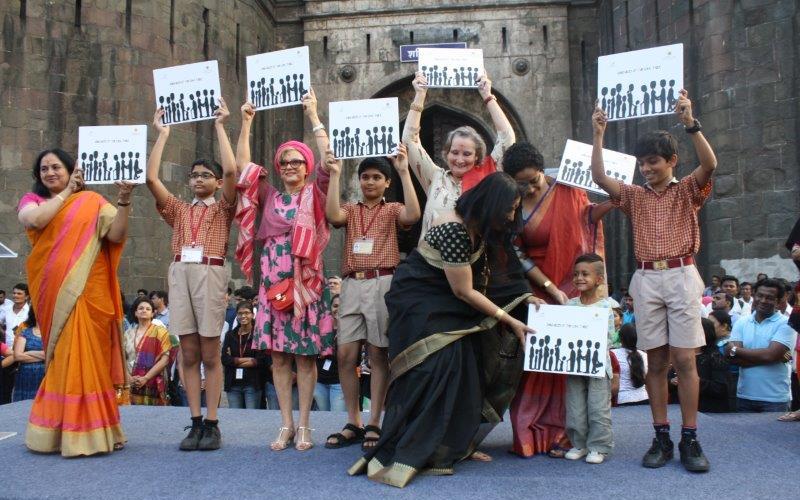
Act three
follows subsequently.
All participants receive the lyrics for the song "What a wonderful world" (Louis Armstrong) and sing it together. Then everyone receives the "Global Members of Neighborhood" certificate.
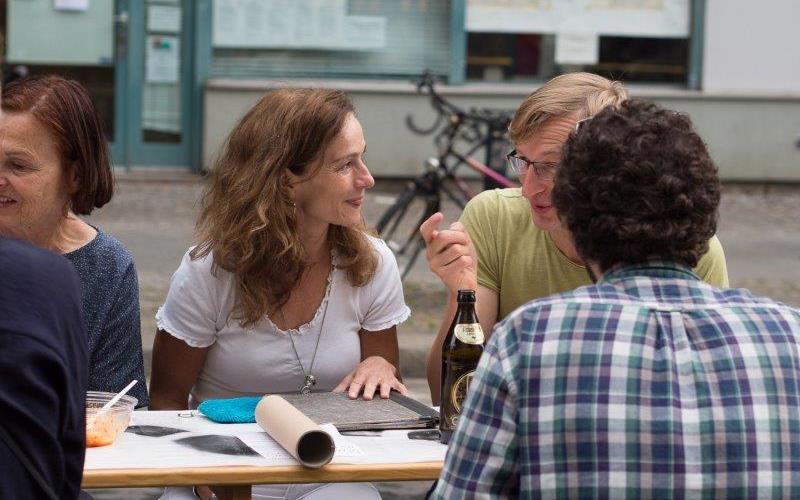
Sustainability
Reflection on the Corona time with the help of the 17 SDGs.
Evaluation of the results that can be read from the stories and forwarding to the responsible politicians at local, regional and national levels.
Visions of the future are expressed and brought together as a to-do list.
The citizen experiences himself/herself as a self-active member of his/her neighborhood and is a self-active subject in the staging of the "Long Table" with his/her own reflection on the Corona period. The “other public theater” consists of reflection processes of all participants and collective learning awareness for a strong, resilient neighborhood development
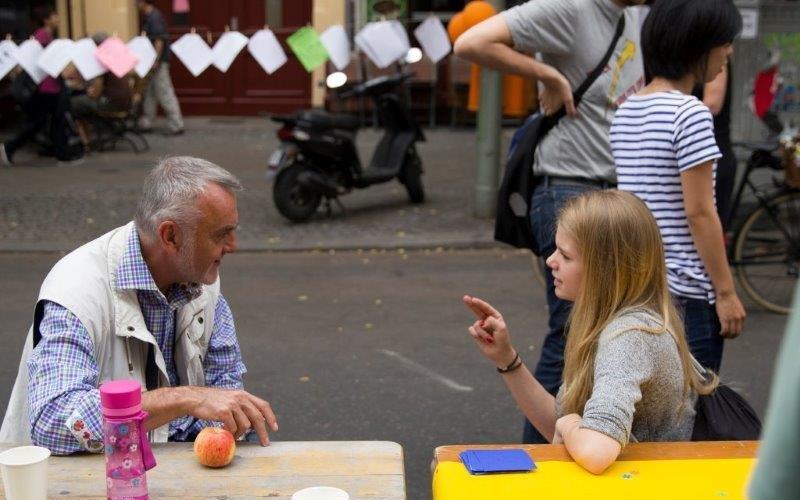
Objectives
The experience of participating in the “Long Table” enables physical, mental and emotional presence in an open staging concept for communication.
The 17 SDGs provide the perspective for collective learning of how a future neighborhood can be valued.
Like theater, the staging offers a cathartic mirror of society, but leads the individual into the reflection of his personally experienced stories and shares them with others. Experience thus becomes a collective resource for the future.
When the first “Long Table” is carried out, a second “Long Table” is also initiated in the following year, so that the continuous implementation is an integral part of the living culture of remembrance of a year in the neighborhood. See example "Lange Tafel Bergmannstraße", "Lange Tafel Los Angeles" (www.langetafel-theater.de).
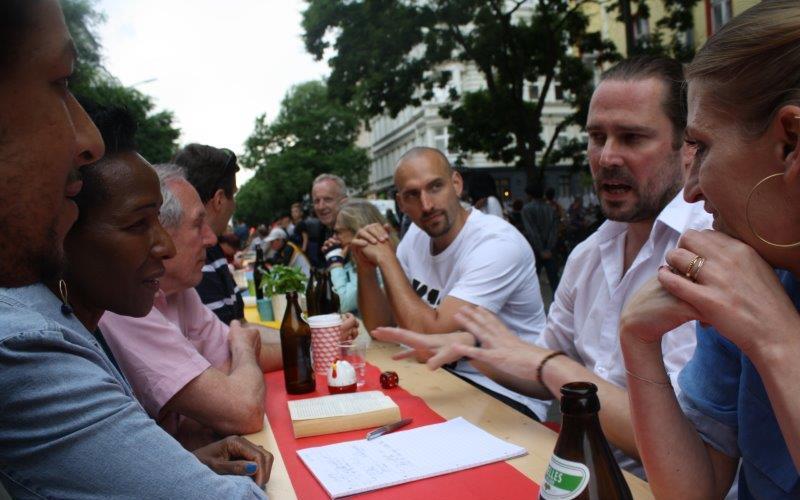
Methodology
From an artistic point of view,
the concept of the "Long Table" ties in with the "social sculpture" by Joseph Beuys, takes the dramaturgy of simultaneity from John Cage's "Theater Pease" and creates burlesque images, like those from Roberto Fellini's films, in improvisational randomness. The staging style identifies with the art concept of “Fluxus” by George Maciunas.
